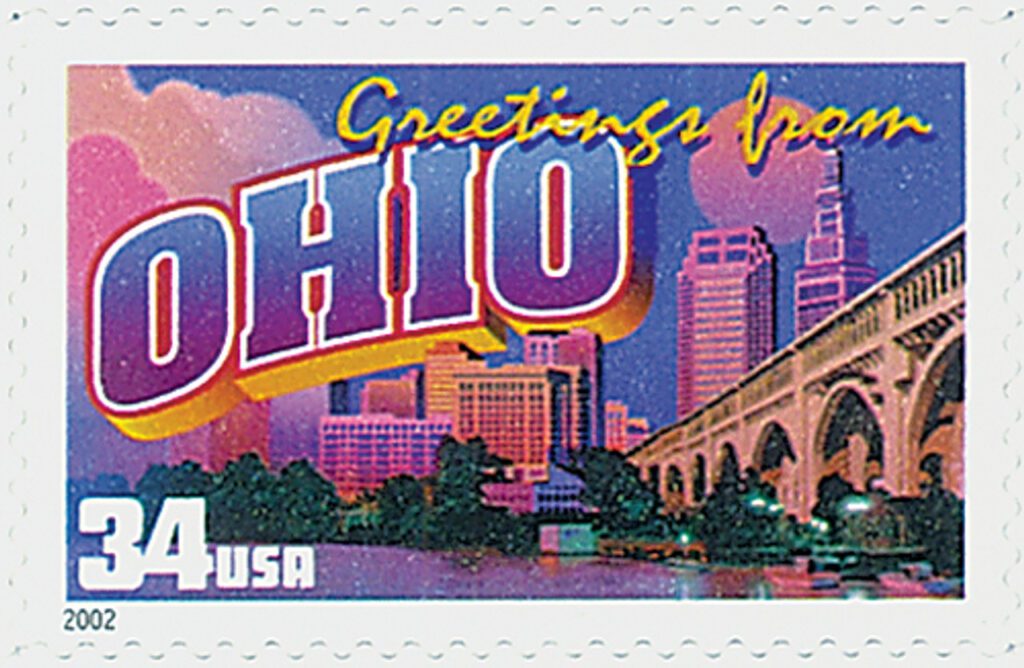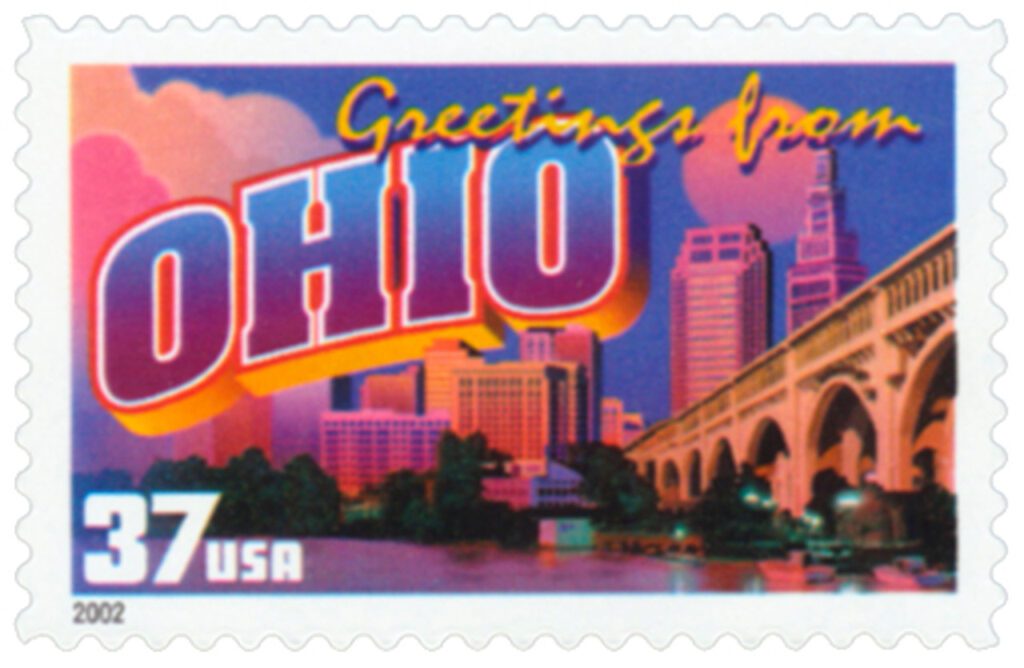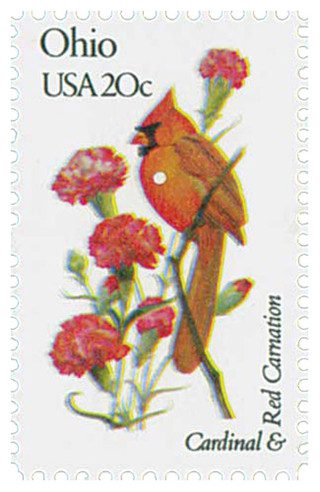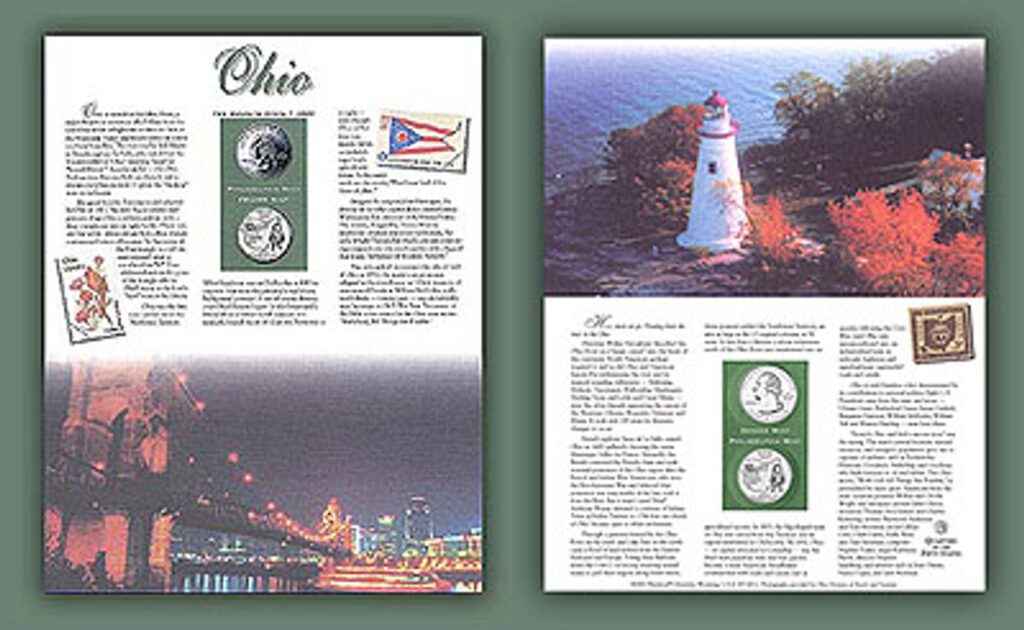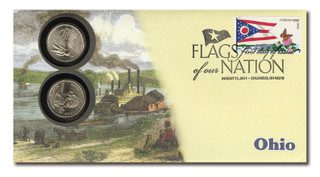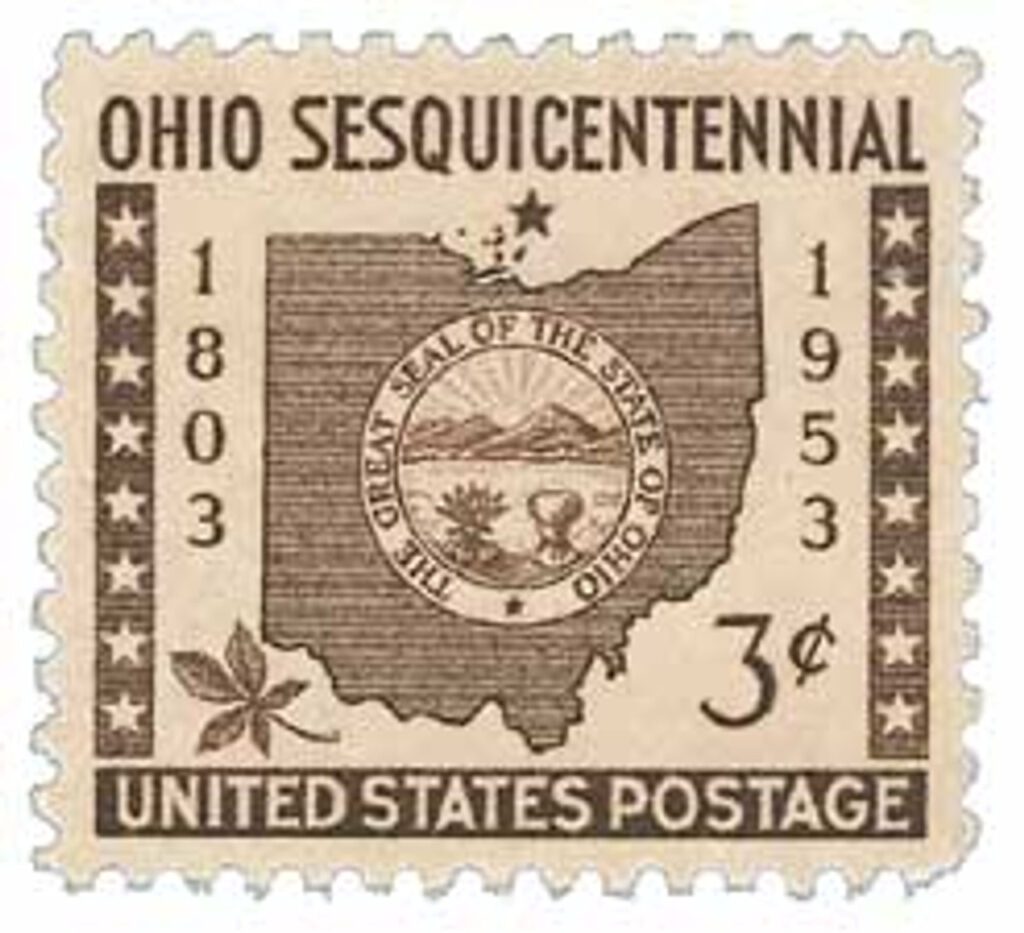
On March 1, 1803, Ohio was admitted as the 17th state of the Union. Named for the Ohio River, the word Ohio comes from the Seneca people, meaning “great river.”
Early Native Americans known as the Mound Builders lived in Ohio thousands of years ago. The remains of over 6,000 burial mounds, forts, and other earth-work structures left by these people can be found throughout Ohio. When Europeans first reached this area, they found Natives from the Delaware, Miami, Shawnee, and Wyandot, or Huron.
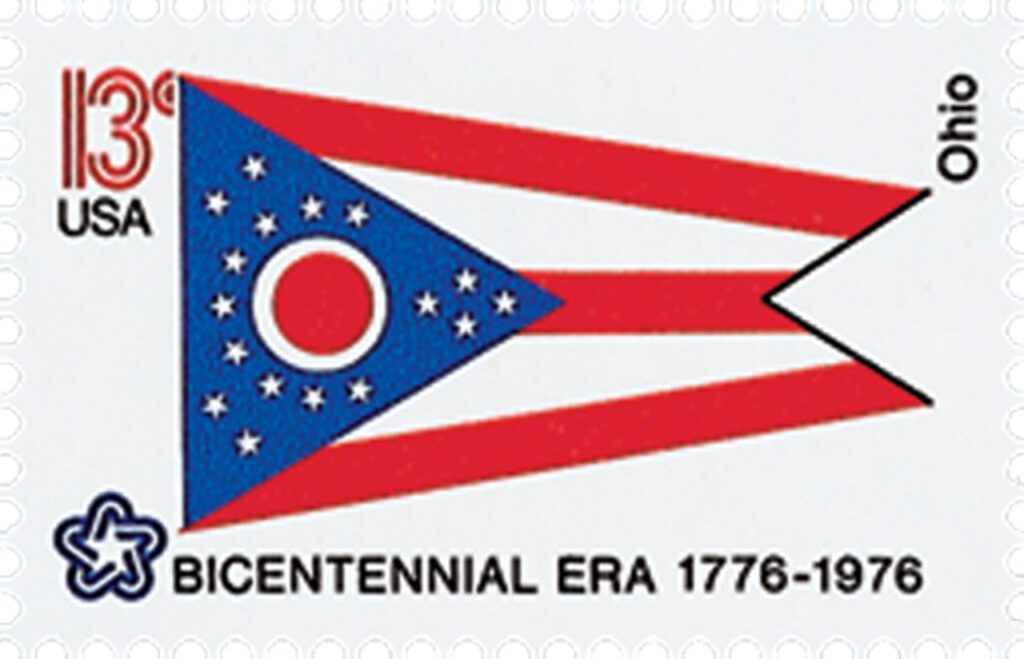
History credits France’s Rene-Robert Cavelier, titled Sieur de La Salle, as the first European to visit Ohio in 1670. In fact, France claimed the entire American Northwest, based on La Salle’s explorations. However, the British claimed all of the land west of their Atlantic colonies, which included this area. In 1747, the Ohio Company was formed by a group of British settlers who planned to colonize the Ohio region. In 1750, the Ohio Company sent Christopher Gist to explore the Ohio River Valley.
Land ownership disputes resulted in the French and Indian War (1754-63). The British proved victorious, and France relinquished most of its land claims west of the Mississippi. However, the Native American leader Pontiac led an uprising against the British after the war had officially ended.
Some of the fighting of the American Revolutionary War took place in Ohio. In fact, a Moravian mission settlement established in 1772 was abandoned in 1776, due to conflict. In 1780, troops under George Rogers Clark defeated the Shawnee, who were allies of the British, at the Battle of Piqua. This battle took place near today’s Springfield. Clark’s victories in the Northwest were instrumental in securing the territory for the US.

Ohio became part of the Northwest Territory in 1787. That year the Northwest Ordinance was passed, which provided for granting Ohio, and other territories, statehood. On April 7, 1788, Marietta, the first permanent European settlement in Ohio, was established by the Ohio Company of Associates. In July 1788, Marietta became the first capital in the Northwest Territory. Veterans of the American Revolution were rewarded for their service with land grants. Many of these veterans began settling along the Ohio River.
For several years, conflict with the Native Americans disturbed the growth and prosperity of the white settlements. In 1794, General Anthony Wayne defeated the Natives at the Battle of Fallen Timbers, fought near today’s Toledo. Following the displacement of the Native Americans from much of the region as agreed to in the Treaty of Greenville, even more settlers moved to the region.
In 1800, the Division Act created the Indiana Territory out of the western part of the Northwest Territory, and the Northwest territory was given the new capital of Chillicothe. In 1802, a convention met in Chillicothe to create a constitution in preparation for statehood. On March 1, 1803, Ohio became the 17th state to join the Union. The capital city alternated several times during a relatively short period. First it was Chillicothe, then Zanesville, then Chillicothe again, and then Columbus – the present-day capital.
The Louisiana Purchase of 1803 gave the US control of the Mississippi River. This meant that goods from Ohio could be shipped down the river to the port of New Orleans. This trade was further enhanced by the introduction of steamboats. The first steamboat to travel the Ohio River was the New Orleans in 1811. In 1818, the steamboat Walk-in-the-Water became the first steamboat to sail on Lake Erie. The completion of the Erie Canal in 1825, and the Ohio and Erie Canal in 1832, further enhanced Ohio’s economic growth. However, the railroads soon came to replace these waterways as the primary means of transporting goods.

Before the outbreak of the American Civil War, Ohio was known as an abolitionist state. The Underground Railroad, which helped Blacks escape to freedom in Canada, was active along the Ohio River and on Lake Erie. In 1848, the state repealed its Black Laws, which had restricted Black people’s civil rights.
During the war, Ohio supplied 345,000 men for the Union army – an impressive number which far exceeded the quota expectations set by the federal government. The northernmost fighting of the Civil War was fought in Ohio when General John Hunt Morgan led his cavalrymen, known as “Morgan’s Raiders,” into Columbiana County. This “invasion” lasted from July 13 to July 26, 1863, ending with Morgan’s surrender. However, Morgan later escaped, and returned to the South.
After the Civil War, Ohio became a political power on the national level. Seven US presidents were born in Ohio: Ulysses S. Grant, Rutherford B. Hayes, James A. Garfield, Benjamin Harrison, William McKinley, William Howard Taft, and Warren G. Harding.
As an industrial state, Ohio played a key role in the union-organizing movement. The American Federation of Labor was formed in Columbus in 1886, followed by the United Mine Workers in 1888. Such labor unions have played an important part in American politics.
From the early 1900s until the late 1960s, Ohio experienced rapid industrial growth. The state’s economic situation was improved by the opening of the St. Lawrence Seaway. This allowed the state’s industries to engage in international trade. By 1970, Ohio ranked fourth among all states in the value of goods exported each year.
Ohio’s industries have begun using cleaner fuels and employing more environmentally friendly manufacturing methods. The cleanup of Lake Erie and state rivers has led to increased tourism and commercial fishing. Although the state’s steel industry has declined, new factories, especially those built by Japanese investors, have helped buffer these losses.
| FREE printable This Day in History album pages Download a PDF of today’s article. Get a binder or other supplies to create your This Day in History album. |
Discover what else happened on This Day in History.

